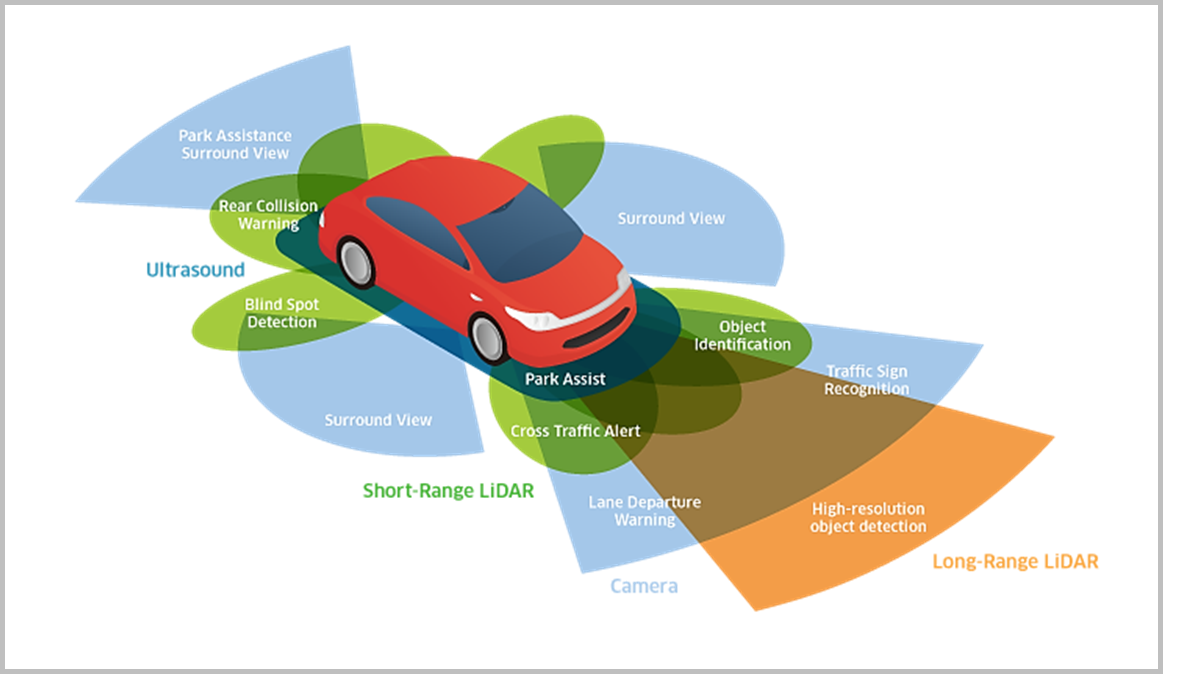The ever-growing demand for precision and accuracy in various industries has led to the developing and implementation of vision systems. These systems, designed to analyze images and extract relevant data, have revolutionized how we approach tasks, such as quality control, inspection, and guidance. As technology advances, vision systems have become more sophisticated and specialized. This article will delve into the different types of vision systems, including the role of automated vision systems and Cognex vision systems in modern industries.
The Fundamentals of Vision Systems
Vision systems comprise several key components, including cameras, sensors, image processors, and software algorithms. These components capture, process, and analyze images, converting them into actionable information. Vision systems can be broadly categorized into two main types: human vision systems and machine vision systems.
Human vision systems rely on the eyes, which act as biological cameras, capturing light and transmitting signals to the brain for processing and interpretation. In contrast, machine vision systems use artificial components like cameras, sensors, and software algorithms to analyze and interpret visual data.
The Emergence of Automated Vision Systems
Automated vision systems, a subset of machine vision systems, have become increasingly popular due to their ability to perform complex tasks quickly and accurately. These systems use hardware and software components to automatically inspect, measure, and identify objects within an image, reducing human intervention and the risk of errors.
Automated vision systems can be further classified into several types based on their applications: inspection, guidance, and identification. Inspection systems are commonly used for quality control in manufacturing, ensuring that products meet predetermined standards. Guidance systems, on the other hand, are used for navigation and alignment purposes in robotics and automation. Lastly, identification systems are designed to recognize and classify objects, such as barcodes, characters, and symbols.
The Role of Cognex Vision Systems in Modern Industries
Cognex Corporation is a leading provider of machine vision systems, offering a wide range of solutions to meet the diverse needs of industries worldwide. Cognex vision systems are known for their advanced technologies, such as smart cameras, 3D vision systems, and powerful software tools, which can be customized to suit specific applications.
Cognex vision systems are used in various industries, like automotive, electronics, food and beverage, pharmaceuticals, and more. These systems enhance production efficiency, improve product quality, and reduce manufacturing costs. Some of the key applications of Cognex vision systems include:
Inspection: Ensuring product quality and consistency by detecting defects, such as scratches, dents, or missing components.
Measurement: Accurately measuring dimensions and tolerances to ensure products meet specifications.
Identification: Reading and verifying barcodes, labels, and characters for tracking and traceability purposes.
Guidance: Assisting robotic systems with navigation, alignment, and assembly tasks.
The Final Words
Understanding the various vision system categories is essential for selecting the right solution for your needs. Automated vision systems and Cognex vision systems are just two examples of innovative technologies shaping modern industries’ landscape. By investing in these advanced systems, businesses can improve their production efficiency, maintain the highest quality standards, and gain a competitive edge in the global market.



